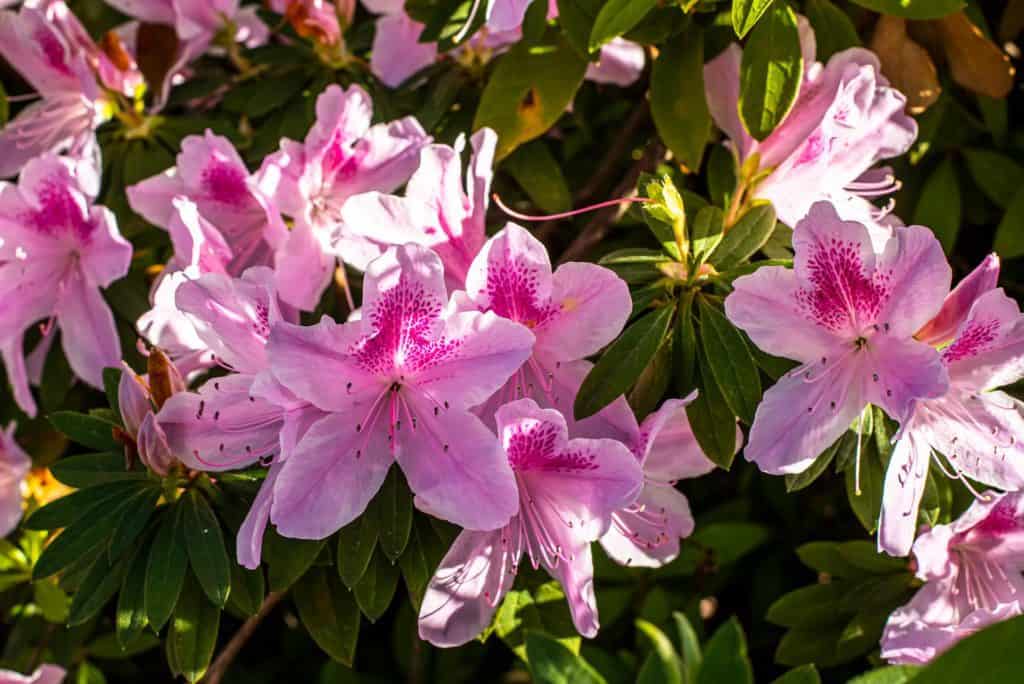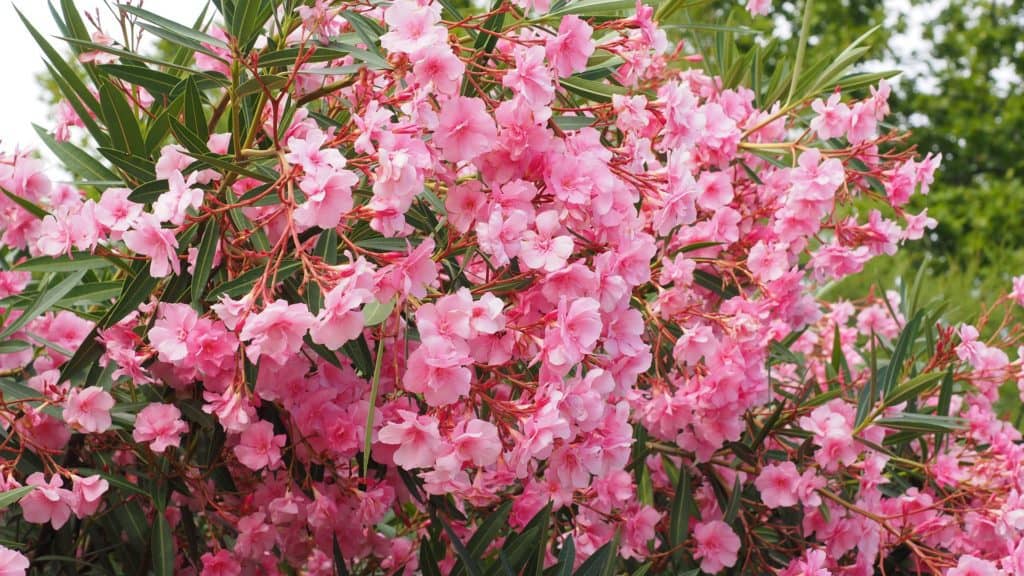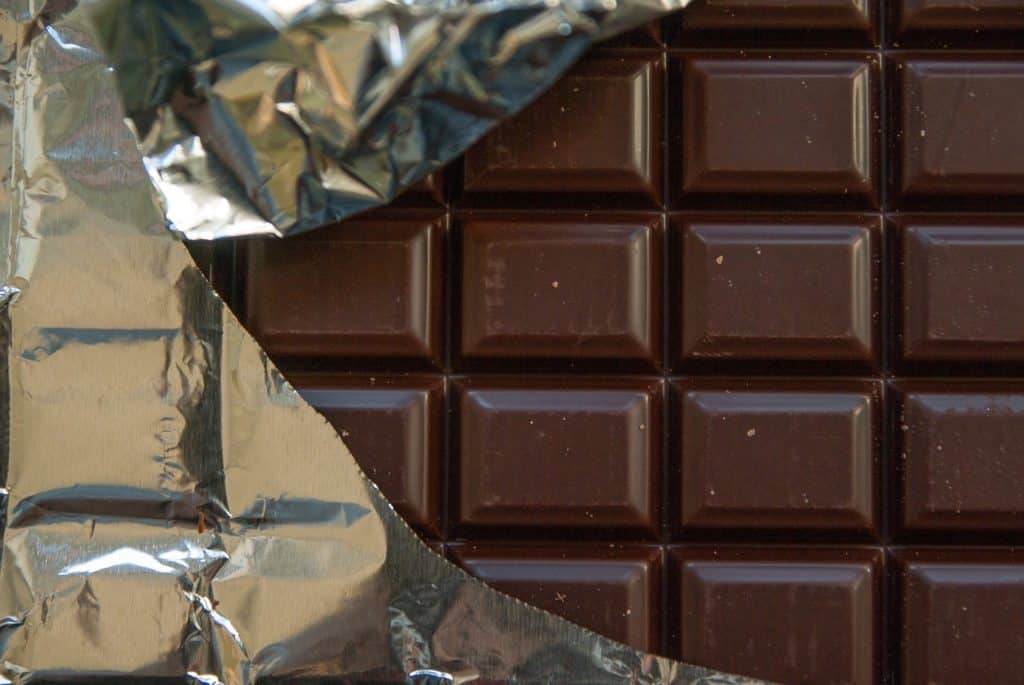Toxic plants and foods for cats
For cats toxic plants are instinctively avoided by them. Especially with free-range cats, this is a prerequisite for surviving outside. A free-range cat would never mind nibbling on a poisonous oleander. This is why poisoning by plants or food is most common in domestic cats or young cats.
In young cats, curiosity often prevails and the danger lurks in the apartment when there are poisonous plants or food for them to reach. Older apartment cats often get bored when they nibble on things that aren’t good for them.
Toxic plants for cats
Many cat lovers have certainly already watched a cat eat grass on a meadow. This does not mean, of course, that this cat has now gone under the go-to. Grass is a natural refractive agent for cats through which they want to get rid of hair soaks they swallow during fur care. With free-range cats it is of course no problem to find grass, with apartment cats this is already more difficult. They are instinctively looking for something else green if they don’t have cat grass. They are not picky and nibble around what they are finding. Unfortunately, this can also toxic plants for Cats be.
Cut flowers such as tulips and daffodils are also toxic to cats. Here, besides the flower, the flower water is also toxic! In a recent case of a colleague, two Maine Coon cats have poisoned themselves with daffodils. The two have just survived.
Toxic Room Plants
- Poinsettias
- Azaleas
- Birch fig
- Dragon Tree
- Desert rose
- Knight’s Star
Toxic flowering and hedge plants
- Begonias
- Oleander
- Yew
- Holly
- Boxwood
Symptoms of poisoning
The syptomas of poisoning can manifest themselves by vomiting, foam in front of the mouth and widened pupils. Diarrhea or constipation can also occur. Depending on the type of poison, breathing and circulation problems may also occur in the further course.
Poisoning is an acute emergency and you must not waste any time here and must visit a veterinarian with your cat as soon as possible. Otherwise, without medical help, poisoning often ends in death.
Toxic foods for cats
Chocolate
Chocolate is probably best known because it is toxic not only to cats but also to dogs. Chocolate contains the theobromine that is toxic to animals. Coffee and black or green tea also contain theobromine and are therefore also toxic.
Even with small amounts of chocolate, a cat can get symptoms such as vomiting, diarrhea, restlessness, pricking, increased breathing, muscle tremors and even cramps. In the worst case, theobromine poisoning can also lead to death.
Onion, leek and garlic
In addition to onions and garlic, all onion and leek plants are toxic to cats. Leeks are e.g. wild garlic, shallots or chives. Chime in particular is often found as a kitchen herb on the balcony. For cats, these plants can become doomand eaters and must not be eaten by them under any circumstances.
Onion and leek plants contain the n-propyl disulfide and allylpropyl sulfide, which is toxic to cats. Should the cats eat something like this, there will inevitably be severe signs of poisoning. The gastric mucosa is strongly irritated, and diarrhea and vomiting occur.
Alcohol
For cats, alcohol is already toxic in small amounts and can cause alcohol poisoning. Cats get problems with their coordination skills and can torment like a drunk energised person. Worse can be stomach and liver problems.
Coffee and tea
What is a delicious entertainer for us humans is the purest poison for our cats. In addition to caffeine, theophylline also contain coffee and tea theobromine. These substances are highly toxic to cats. A small cup of coffee contains about 100mg of caffeine. For a cat, about 80mg is already a deadly toxic dose.
Dough
Eating yeast dough can cause stomach pain in cats. As a result, it ferments in the cat’s stomach. The fermentation process produces alcohol, which is already toxic to cats in small quantities.
Grapes and raisins
When cats grape grapes or eat, there may be increased calcium levels in the blood. As a result, kidney failure can even occur. Other symptoms may include diarrhea and vomiting. This is why grapes and raisins are highly toxic to cats.
Conclusion
As I said at the beginning, pure housing cats are particularly at risk. Especially young curious kittens or bored old cats sometimes come up with the idea of nibbling around all sorts of things.
As a precaution, cat owners should take care that they do not have any of the above-mentioned plants in the apartment. It also makes sense to place a pot of cat grass on cats. This allows them to get rid of your hair in the stomach and also do not come up with the idea of nibbling on something else green.
It is also best not to offer any human food to its cats from the outset. It is equally important not to leave any stimulants such as chocolate or the like on the table.




